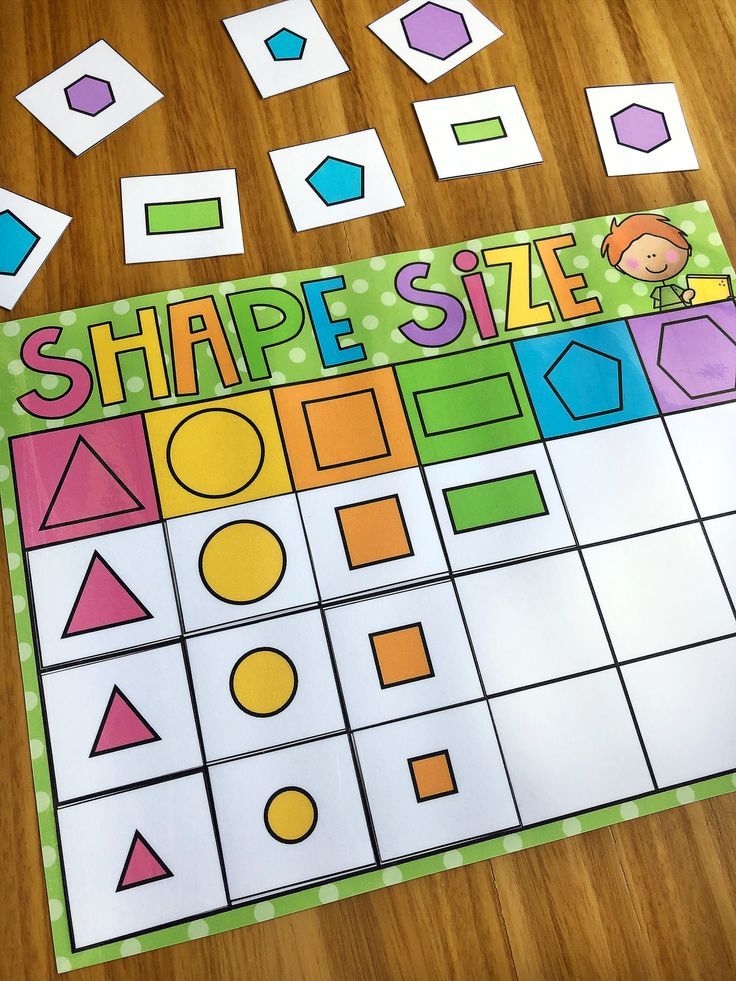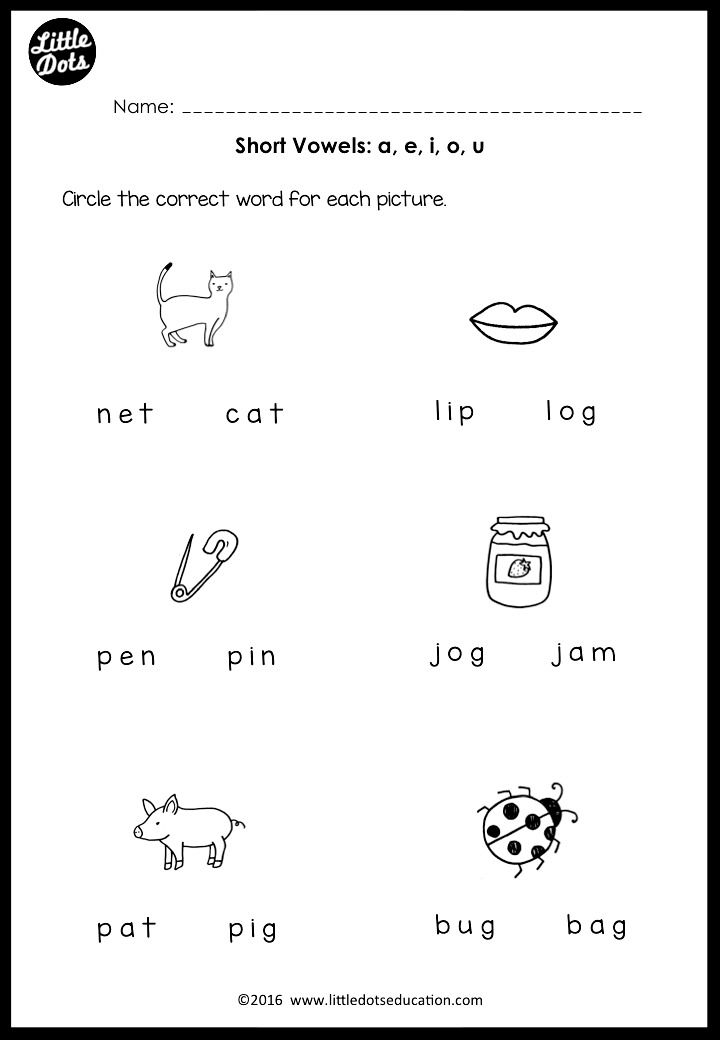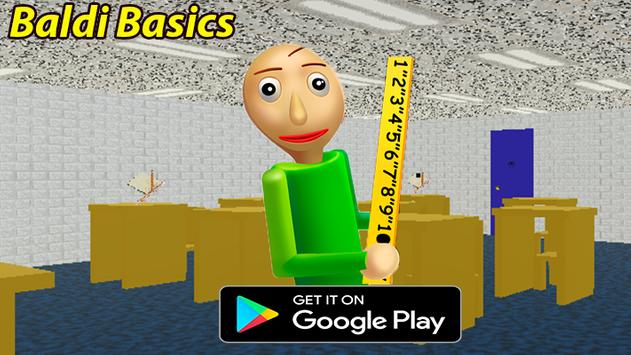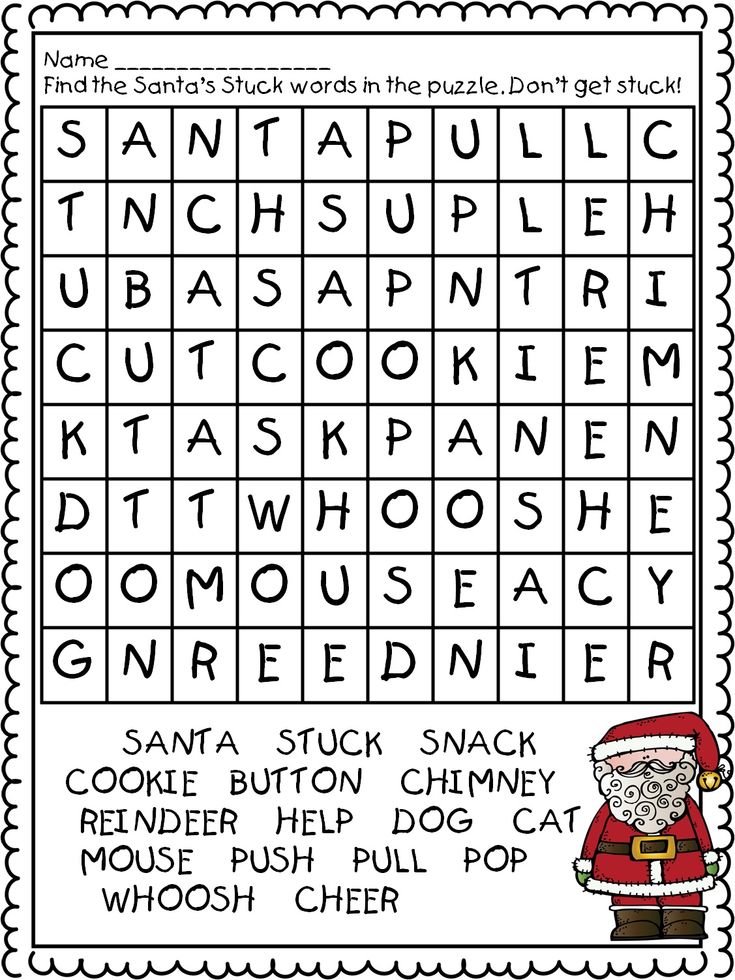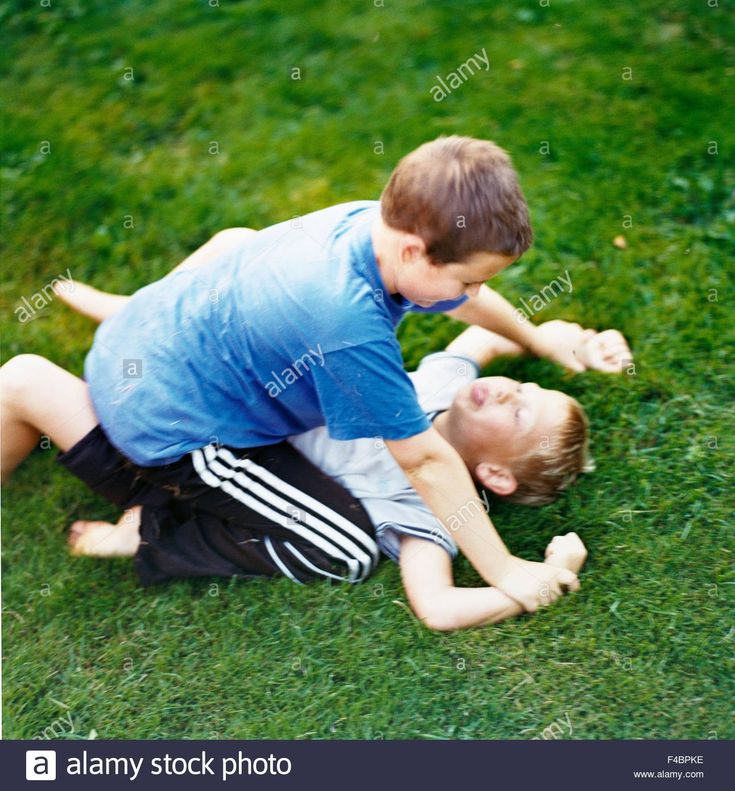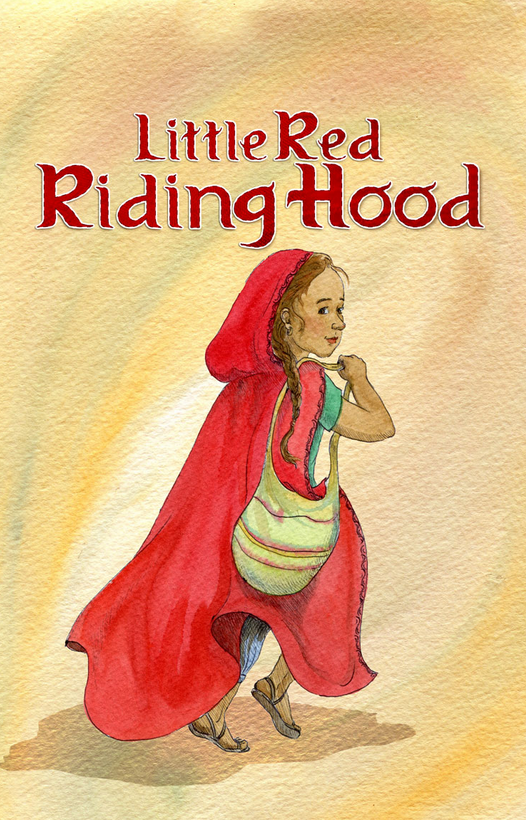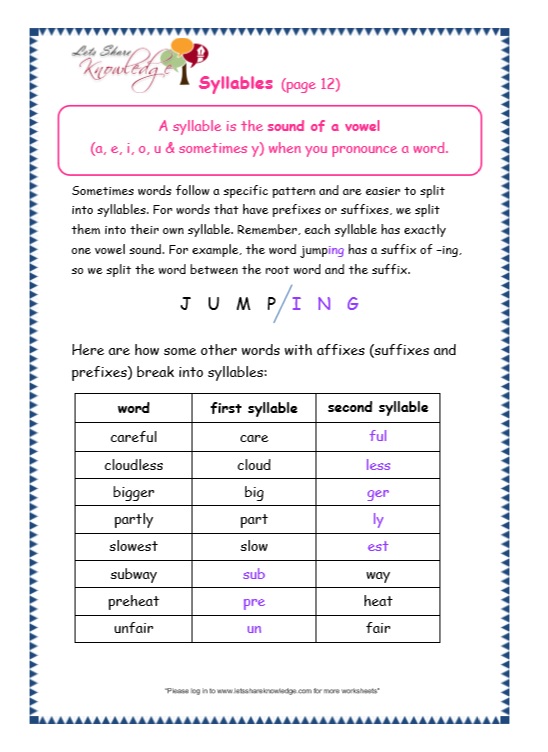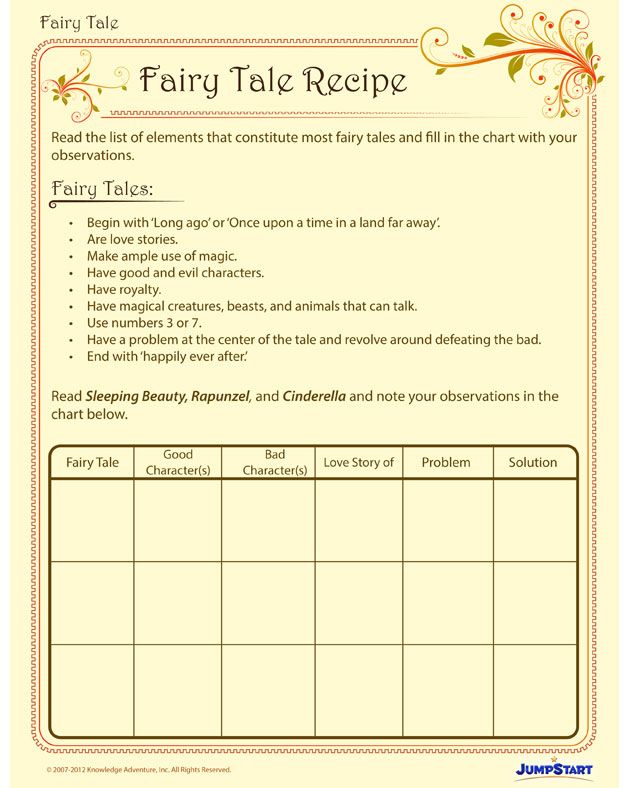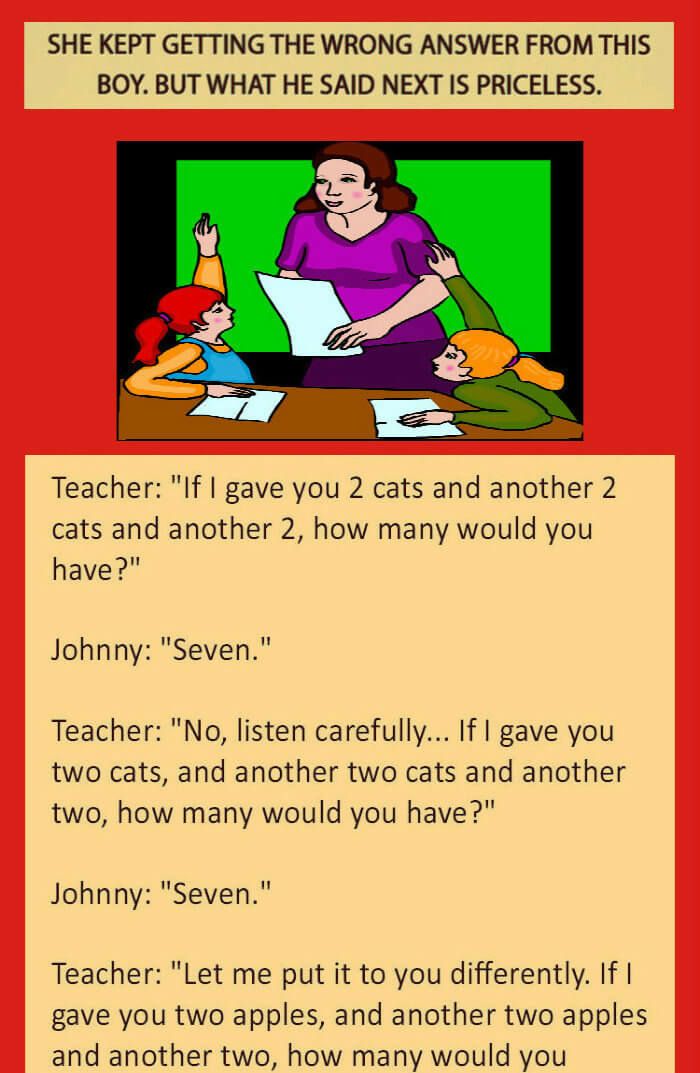Small group activities for preschoolers math
Hands-On Math Activities for Preschoolers
Disclosure: This post contains affiliate links to Amazon. See my disclosure policy for details.
Math is so fun to teach to preschoolers because there are a lot of daily activities that incorporate math. Preschoolers don’t need worksheets for math…they should learn through play and hands-on activities.
1. Patterns with Bears
Counting Bears are a great math manipulative to use with preschoolers. You can sort, count, or use them with patterns.
I created some pattern cards to help with this. The first page is an AB pattern, meaning two colors alternate in the pattern. The second page is an ABC pattern, meaning three are three colors in the pattern. For this activity, your preschooler will set the colored bear on top of the matching color to create a pattern. On the ABC pattern cards, the last circle is left empty. That is for your child to tell you what color it should be.
You can get the color patterns printable at the bottom of this post.
Math Skill: Patterns and Relationships
You can find more pattern activities here.
2. Sorting Colors with Bears
Sorting is a skill preschoolers should work on a lot. One way to sort is by color. We do this with our counting bears and a sorting mat.
You can get the sorting mat printable at the bottom of this post.
You can even use colored tape and pom poms to practice sorting! Add in some tweezers for some extra fine motor practice.
We also love counting mats! These are great for learning to count and working on one-to-one correspondence.
Math Skill: Patterns and Relationships
3. Money Muncher
A fun way to work on sorting is with the Money Muncher! It’s also a great activity for fine motor skills. To see all the fun details, click here.
Math Skill: Patterns and Relationships
4. Sorting Jelly Beans
Anytime we work with candy, my kids love it! You can sort M&Ms or jelly beans or whatever! To see how we did this with jelly beans, click here.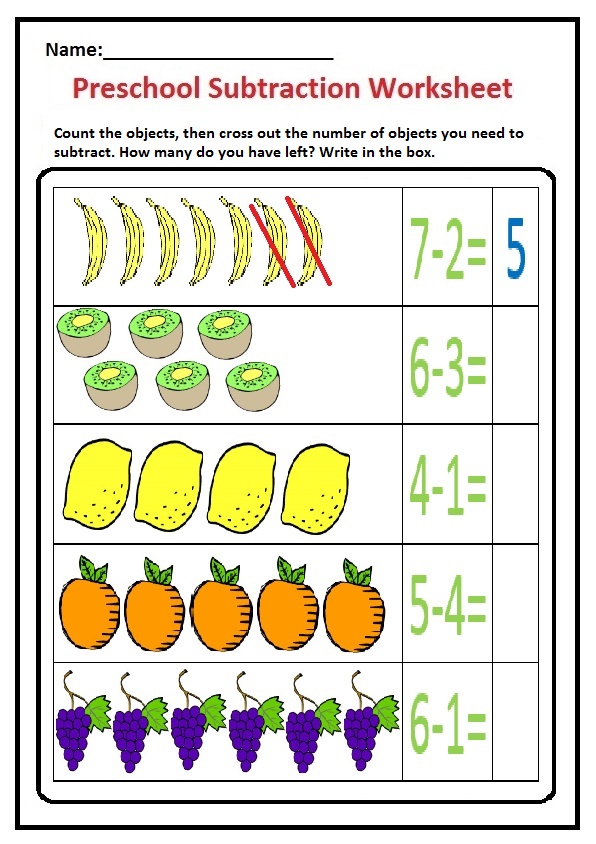
You can get the jelly bean sorting printable at the bottom of this post.
One more idea for sorting is by using toy animals. Have them sort by different characteristics, such as land animals and sea animals.
Math Skill: Patterns and Relationships
5. Graphing
Graphing is always good to introduce to preschoolers. It doesn’t have to be complex, but you can do a simple activity like graphing the types of transportation on a bar graph and use small pictures or toys (or I used erasers from The Dollar Tree).
Make graphing hands-on using apples! Even young preschoolers can begin learning about graphing with this activity.
Check out this free gumball graphing activity right here.
Math Skill: Patterns and Relationships
6. Shape Wheel
This is a fun activity for learning shapes! Just print this shape wheel and draw the same colored shapes onto clothespins.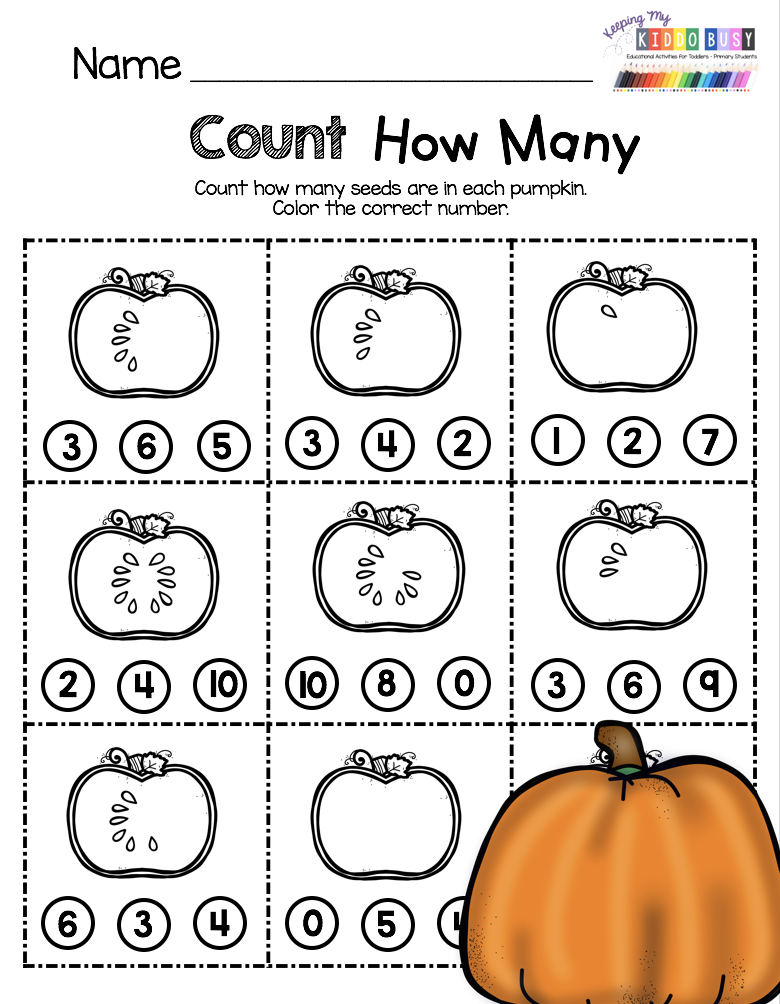 Have your child match the clothespin to the shape on the wheel. This is great for working on fine motor skills!
Have your child match the clothespin to the shape on the wheel. This is great for working on fine motor skills!
You can get the shape wheel printable at the bottom of this post.
Math Skill: Geometry
7. Shape Sorter
An easy way to practice shapes is with a Shape Sorter! I bought these shapes at Michaels Craft Store many years ago, but these 3D geometric shapes would be a good option if you’re interested in creating a Shape Sorter. Check out this post for details on how to make this easy math activity.
Math Skill: Geometry
8. Noodle Shape Cards
A neat sensory activity and a fun way to learn shapes are with noodles! See the post here to download the free shape cards.
Math Skill: Geometry
9. Foam Sticks
Learn shapes in the tub with these foam sticks! You can see how we did this here.
Another fun way to practice shapes is with the cookie shapes matching activity!
And my favorite way to teach about shapes is with my shape rhymes!
10.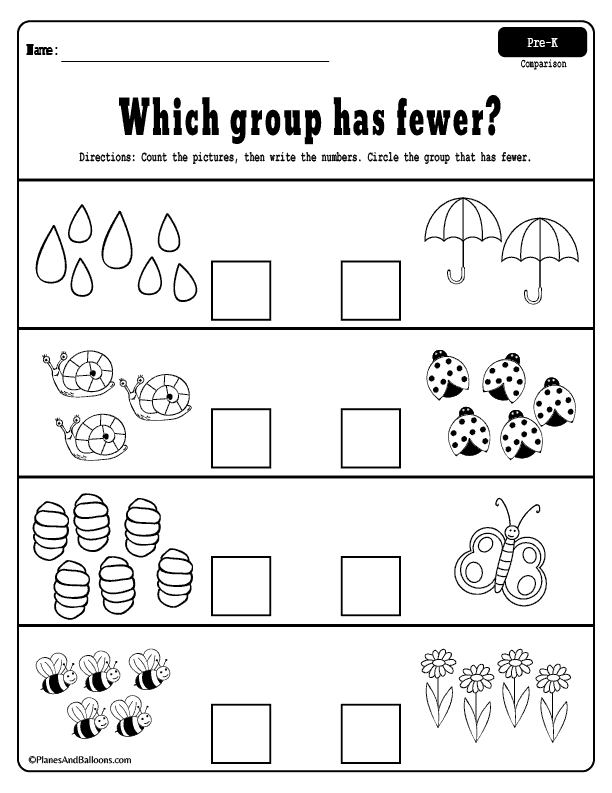 Dice Game
Dice Game
This is a really fun game! I took this Melissa & Doug wooden toy and put white circle stickers on the top of the pegs. I wrote numbers 1-6 and had 2 stars. I had my son roll the dice and whatever number it landed on, he would pound with a toy hammer. If the number he rolled was already down, he hit the star. Not only was this fun for him, but he was able to “subitize”, which simply means to recognize numbers instantly without counting the dots.
Math Skill: Number Concepts
11. Star Number Cards
Practice counting and recognizing numbers with star number cards. This one is great for working on one-to-one correspondence and fine motor skills.
You can get the star number printable cards at the bottom of this post.
Math Skill: Number Concepts
12. Ladybug Math
We made these adorable ladybugs and they were a hit! Not only were they fun to play with, but we did a lot of counting and sorting with them.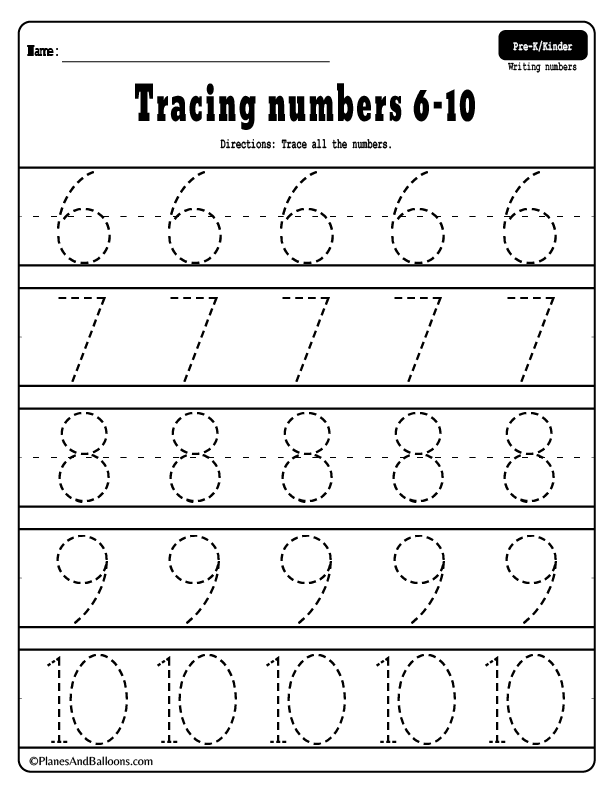 Read all about it here.
Read all about it here.
Math Skill: Number Concepts
13. Balloons
Learn the order of numbers with this really fun game involving balloons! Check out the details here.
Math Skill: Number Concepts
14. Estimating with Water
We learned about estimation with a dropper with some fun, hands-on water activities.
Math Skill: Measurement
15. Pouring and Comparing
We practiced pouring skills with rice into these beakers. Then I had my son line them up from biggest to smallest. Using comparative words like big/small or empty/full help teach preschoolers about simple concepts of measurement. This is simple and you could elaborate on this activity.
One more easy way to practice measurement is with Unifix cubes. Place different lengths of tape on the floor or poster board. Then have your child use Unifix cubes to measure the lines.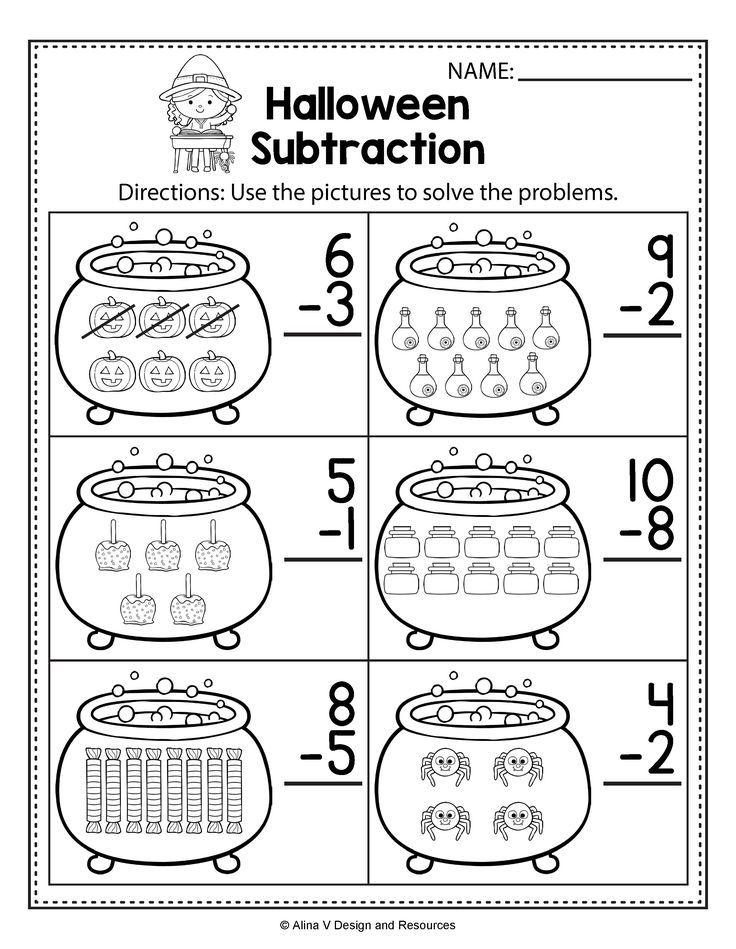 This is a simple way to practice counting, measuring, and comparing lengths.
This is a simple way to practice counting, measuring, and comparing lengths.
Math Skill: Measurement
Lastly, check out this really easy and fun way to practice counting!
If you’re looking for digital math activities, make sure to check out my counting activities using Google Slides.
If you’d like to download the 5 free printables I shared in this blog post, just click on the button below!
Preschool Math Activities that are Super Fun!
If you are looking for preschool math activities then you're in luck! I gathered my favorite hands-on math activities and math center ideas for preschool and I am sharing them here!
Math skills are so important and finding playful and engaging ways to teach those skills to preschoolers is crucial. Whether you teach math to a classroom full of preschoolers or homeschool one or two at home, it's important to use hands-on math experiences.
This is a list of the best preschool math activities that I could find! I hope they will be super helpful to you.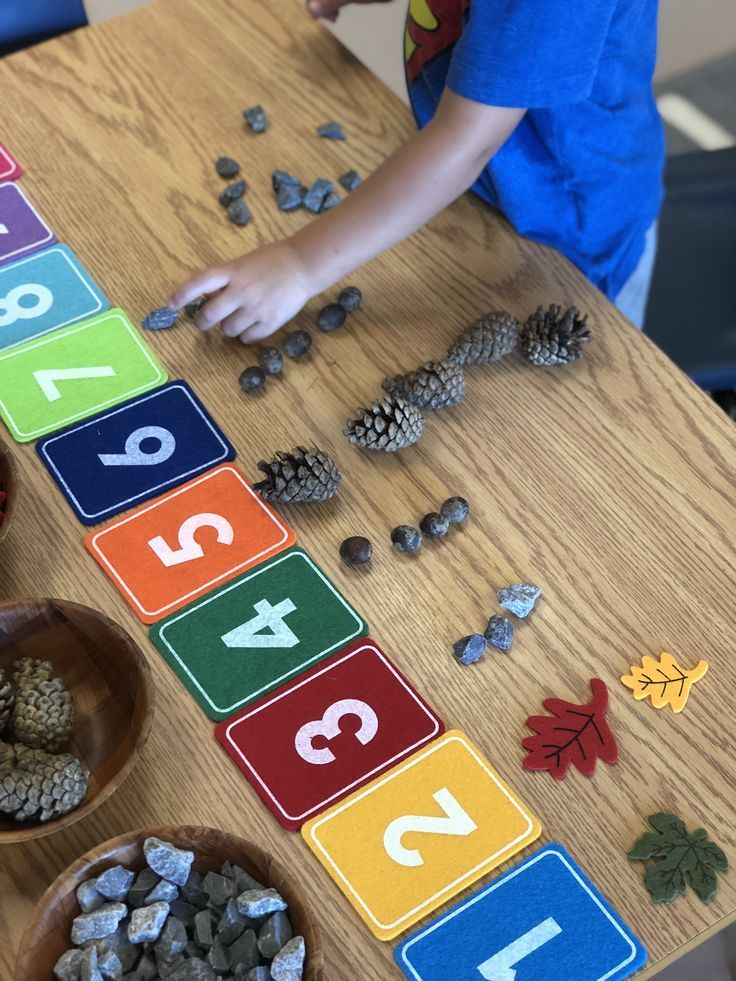
Hands-On Preschool Math Activities
1. Roll and Dot the Number is a quick preschool math game that will teach kids to identify numbers and count while learning one to one correspondence! It is one of our favorite preschool math activities!
2. This Build and Measure Block Center is such a neat way for kids to explore measurement!
3. These Counting Bears Number Strips are a hands-on way for toddlers and preschoolers to learn numbers, counting and even colors.
4. These Tree Play Dough Numbers Mats are a great way to work on a number of math skills including counting to 10!
5. Work on color recognition and sorting with these Button Sorting Cups.
6. This Simple Fine Motor Counting Math Tray is super easy to set up and provides excellent fine motor practice too.
7. Grab your craft sticks and make these Colors and Patterns craft sticks for your math center!
8. Teaching Symmetry to Preschoolers with LEGO DUPLO is perfect for teaching symmetry to preschoolers and young kids.
9. Your kids will have a blast learning to count with Bugs in a Jar!
Preschool Math Activities that are Fun and Engaging!
10. These DIY Tactile Counting Sticks are very easy to make and are perfect for kids who are learning to count.
11. Measuring with Bear Counters is an excellent way to introduce preschoolers to measurement!
12. I love this Play Dough Geometry activity! All you need is play dough and craft sticks!
13. This Pattern Making activity only requires a few common supplies. It's a hands-on way to introduce young preschoolers to patterns.
14. Number learning is really fun with this Car Parking Numbers Game!
15. Your kids will love learning about shapes with this Preschool Shape Scavenger Hunt!
16. This Number Pocket Game is a hands-on way for young preschoolers to learn numbers.
17. This Car Color Sort math activity is a great way for kids to practice sorting while playing with cars.
18. This Smack the Number Counting Game is fun way to practice number recognition and one to one correspondence.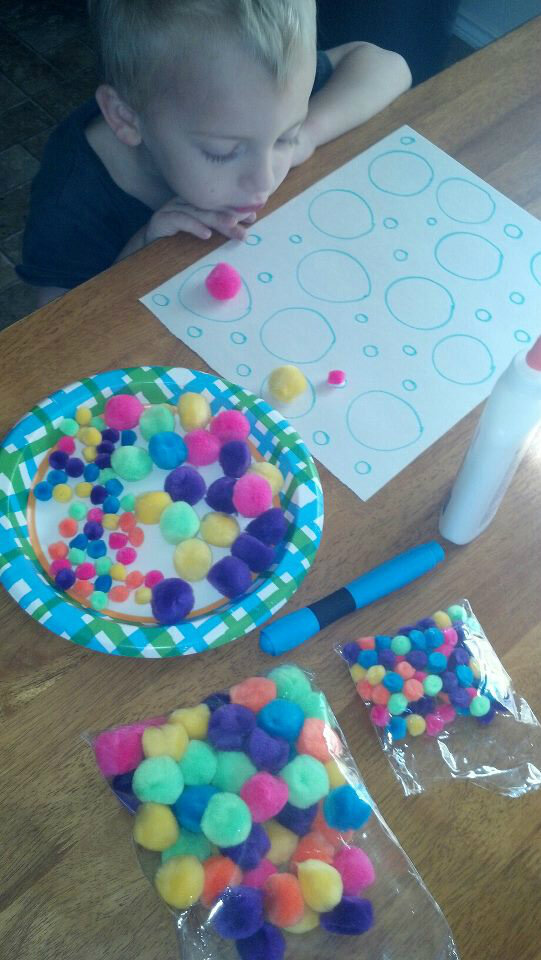 This was one of our favorite preschool math activities when my son was younger.
This was one of our favorite preschool math activities when my son was younger.
Math Activities for Preschool Math Centers
19. Make counting practice a game with this Race to Fill the Cup activity! This is a must-do when it comes to preschool math activities!
20. Finding shapes with I Spy Shape Glasses is a totally cool idea!
21. Counting and Measuring with LEGO is a fun way to work on counting, ordering and measuring numbers!
22. Take the learning outdoor with this super cool Pool Noodle Abacus!
23. This Button Counting Activity is a hands-on way for preschoolers to learn numbers and practice counting!
24. Work on fine motor skills and counting in this neat Counting beads on pipe cleaners activity!
25. Use clothespins to reinforce fine motor skills, colors and match numbers in this Hickory Dickory Dock Matching Clothespins activity!
26. This Printable Number Puzzle is a great way to work on a variety of ways to represent numbers.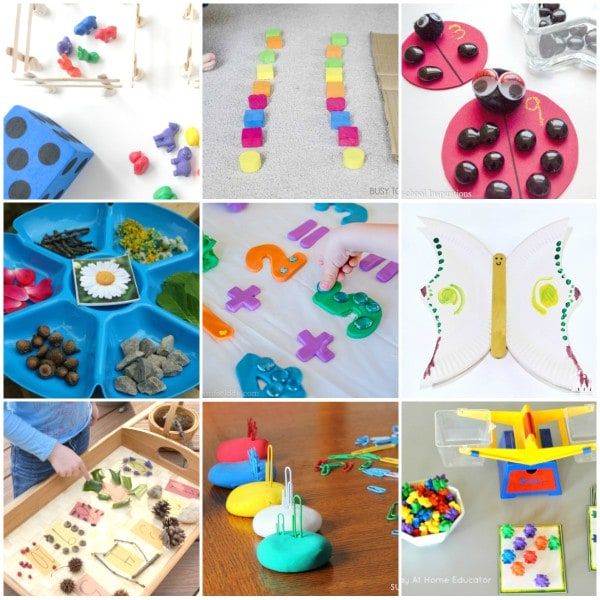
27. This Play Dough Math Invitation is open-ended and will keep preschoolers busy while learning a variety of math skills.
Even More Hands-On Math Activities for Preschoolers
28. These fun Farm Animal Rainbow Counters activity helps preschoolers learn to count and compare more or less!
29. Your kids will work on direction following, ordinal numbers and important vocabulary in this Matching Paths activity!
30. Your kids will have fun counting with this Ladybug Counting Busy Bag!
31. Counting Nature is a great way to work on counting and explore nature!
32. Your kids will have a ton of fun with Play Dough Addition.
33. Exploring Symmetry with Art is an awesome idea!
34. Use a Numbered Nature Tray to encourage number skill work while exploring nature!
35. This Play Dough Color Match Learning Activity is a fun way for kids to learn colors, matching, and sorting!
36. Your kids will love these 3 Counting Bear Activities for the Balance Scale!
37.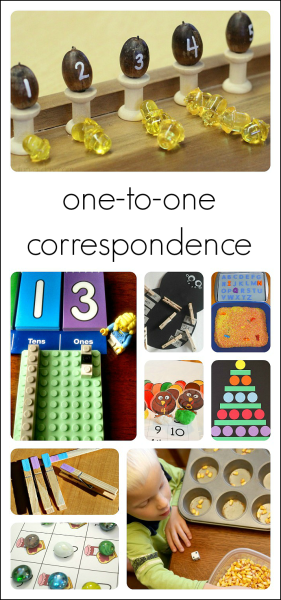 This Counting Math Game for Kids is great for practicing one-to-one correspondence!
This Counting Math Game for Kids is great for practicing one-to-one correspondence!
38. LEGO and Math combine in these LEGO Pattern Cards. A great activity to work on hands-on pattern building!
39. Counting Blocks While Building Towers is a fun way to learn with numbers!
40. These printable shapes are so inviting and are jam-packed with learning! You definitely have to add this to your list of preschool math activities to try with the kids!
Check out all of our other preschool math activities!
And because I LOVE combining literacy and math, here are 60 fantastic Math Picture Books for Preschool. Swap these in and out of your math center all year-long!
I hope this list will help you plan preschool math activities for the year ahead. I am really excited to do so many fun and engaging math activities with my kids this year!
I would love for you to share your favorite math activities for preschoolers in the comments!
Method of work "small groups" in mathematics lessons
In the conditions of scientific and technological progress, almost any activity of a specialist is unthinkable alone.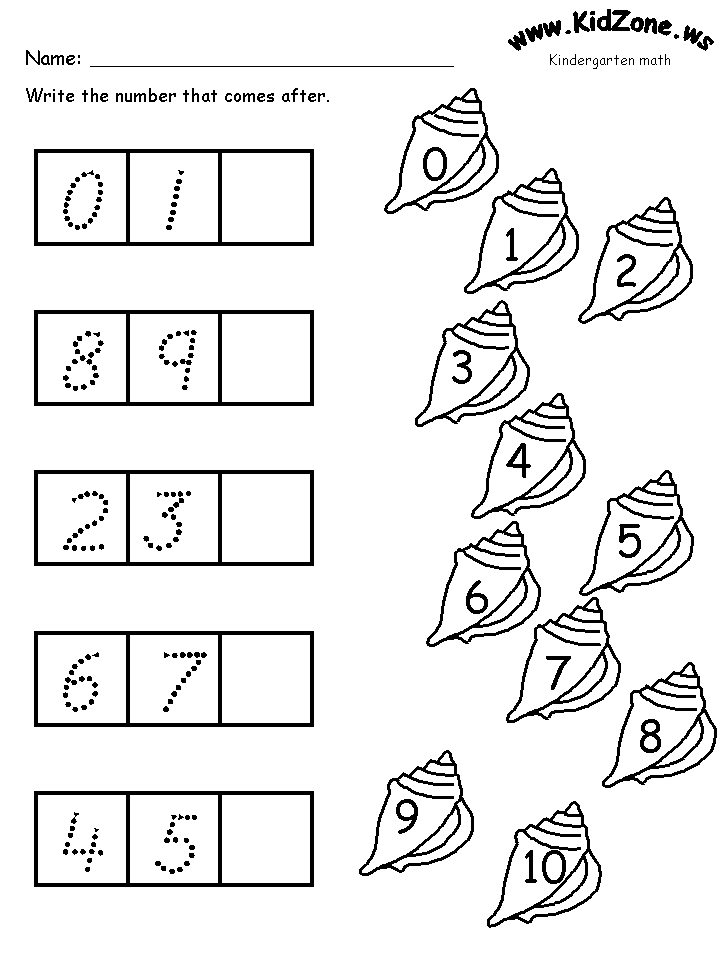 A specialist, as a rule, works in a team, makes a collective decision also with the help of other specialists. Therefore, teaching interpersonal skills should also be part of the learning task.
A specialist, as a rule, works in a team, makes a collective decision also with the help of other specialists. Therefore, teaching interpersonal skills should also be part of the learning task.
In teaching, it is necessary to use such forms and methods of teaching, which involve the creative activity of students and educational activities built according to the type of scientific research, solving specially posed educational problems.
Working in small groups in mathematics classes gives students the opportunity to use their knowledge creatively.
A "small group" is understood as a small social group whose members are united by common activities and are in direct personal contact, which is the basis for the emergence of both emotional relations in the group and special group values and norms of behavior.
Methods used in small group work should:
- cause (generate) the listener's cognitive activity, raising it to an exploratory level;
- be based on serious content material of a problematic nature;
- be a tool for the development of thinking and professional abilities, as well as self-development;
- as close as possible to a real professional situation, at the same time giving a person the opportunity for independent activity.
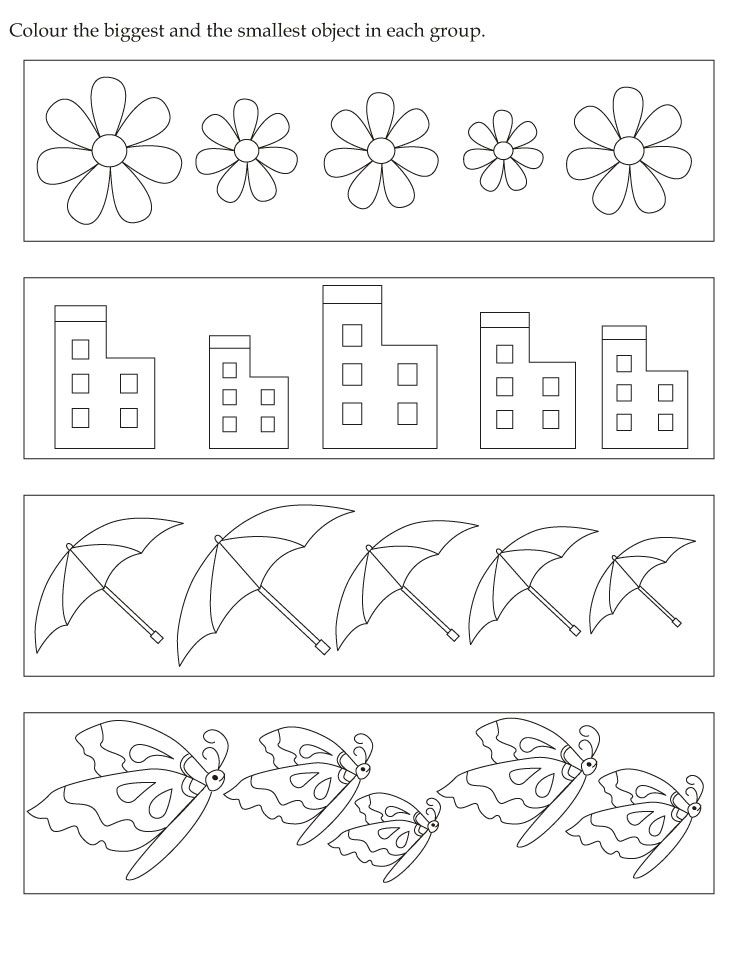
Organizational classes are held with the whole group at the final stage of studying the topic in subgroups of 5-8 people. The division into "small groups" is carried out by the teacher, taking into account the factors that help to achieve the goal.
The technology of work in "small groups" provides for:
- individual problem solving by each participant
- active participation of all participants in the discussion when making a decision in the group;
- obligatory stay of each student in the role of leader at least once;
- active participation in the work of the final stage.
A small number of group members allows all participants to express their opinion in a short time, which is practically impossible when holding a discussion with all students at the same time.
When working in a group, the exact time limit given for completing the task stages must be observed, otherwise the group may not meet the deadline and come to the final stage with an unsolved problem or with an unformed decision, which may adversely affect the morale of the group, in especially if other groups managed to solve the problem well and presented their solution well at the final stage. Therefore, the time must be determined in minutes for each stage, taking into account the total time.
Therefore, the time must be determined in minutes for each stage, taking into account the total time.
Working in "small groups" involves the implementation of special principles.
To work in a subgroup, first of all, a leader is elected. According to the decision of the group, the leader can be elected to solve one problem or a class of problems of one topic. It is very important that in the process of work each of the students at least once be in the role of a leader. The leader is able to exert a significant influence on the behavior of other participants. He himself must lead the discussion in the group, organize the temporary stages of the group’s work, distribute the roles (who writes on the board, who counts, who draws up the results), etc., thus acquiring or improving the managerial skills necessary for any specialist.
The use of this technology provides for special requirements for the teacher:
- the ability to lead a discussion;
- the ability to give an analysis of individual statements;
- the ability to make a conclusion on the entire discussion;
To do this, the teacher must clearly understand the objectives of the lesson, master active teaching methods: methods of "brainstorming", "snowball", etc.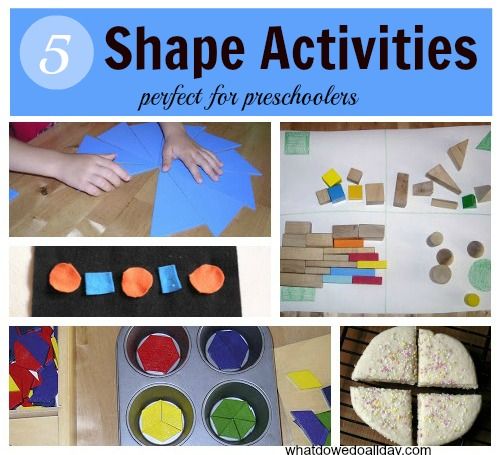
Particular attention must be paid to preliminary preparation for the lesson.
The use of the "small group" method in mathematics makes it possible not only to give knowledge, to form skills, but also to teach how to use them creatively.
Topic of the lesson : “Properties and graphs of trigonometric functions”
Lesson objectives:
- check the assimilation of the studied material: properties and graphs of functions y \u003d sin x; y = cos x; y = tg x; y \u003d ctg x , a graphical solution of the simplest trigonometric equations;
- develop creative thinking, cognitive activity, independence in decision-making;
- to form the ability to work in a team, a sense of responsibility, mutual assistance, worldview.
Preliminary preparation for the lesson:
- divide the group of students into "small" groups (6-8 people). There are 4 groups in total.

- choose a leader (captain) in each "small" group.
- for each group, come up with a name for the group, a motto, a lyrical pause (verse, song, etc. on a mathematical theme).
Give homework at the previous lesson. Review the properties and graphs of trigonometric functions. Solve graphically equations of the form: sin x = 2x; cos x \u003d 2x + 1; ctg x \u003d π / 3; tg x = 1.
Repeat the definitions of categories related to the study of trigonometric functions.
Prepare the necessary visual aids for group work. Visual aids: 4 sheets of graph paper, on which a rectangular coordinate system is drawn, magnets, a plan for the study of functions on whatman paper, cards with trigonometric equations, cards with questions to test theoretical knowledge, felt-tip pens, rulers.
1. Organizational moment
- check of readiness for work
- setting goals and objectives
- message of purpose and work plan
- creating a motivational moment (the teacher reads a poem related to mathematics or the problem being studied).
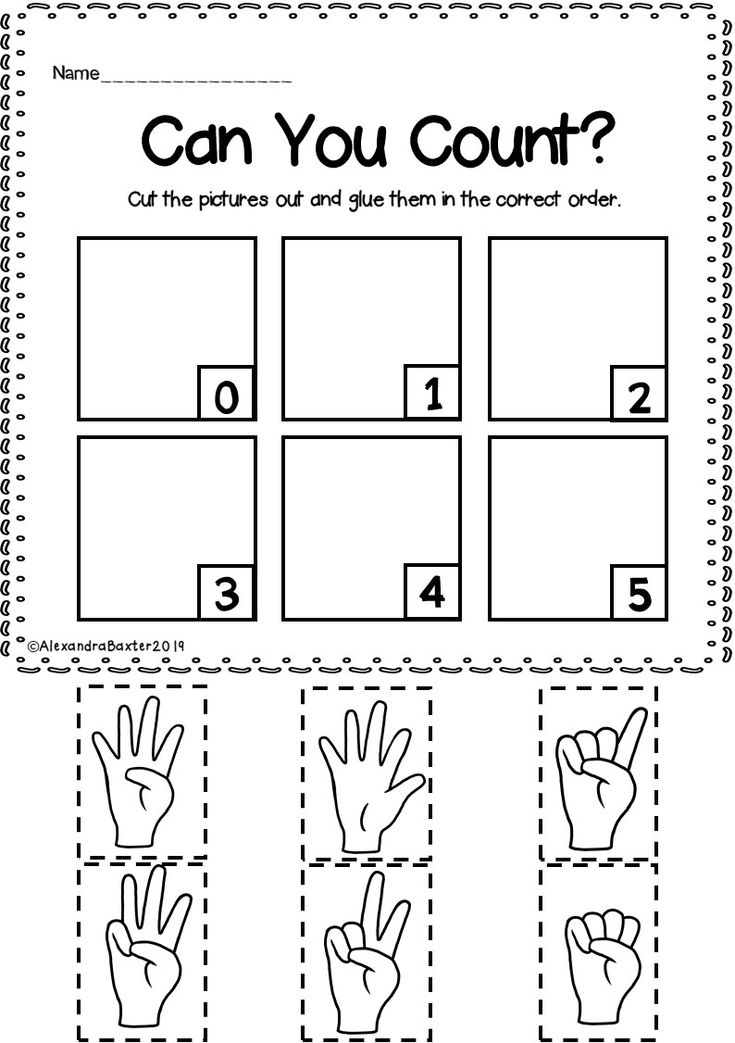 In this case, you can read the poem by E. Dolmatovsky "Sinusoid (life line)"
In this case, you can read the poem by E. Dolmatovsky "Sinusoid (life line)"
Learn to face adversity without crying
A bitter moment is not a sight for everyone
Know that the soul grows with failures
And weakens if success is soon.
Wisdom is gained in a difficult dispute,
Your difficult path is destined
Sinusoid of joy and sorrow
And not upward soaring curve.
- 4 captains are invited to the board.
They choose task cards: explore the functions y = sin x, y = cos x, y = tg x, y = ctg x.
- representation of the group (the group says its name and motto).
- The teacher reports on the stages of work
2. Generalization and systematization of the studied material. Independent work of students in "small groups".
Stage 1: Drawing up a plan for researching a function and writing it down on a sheet.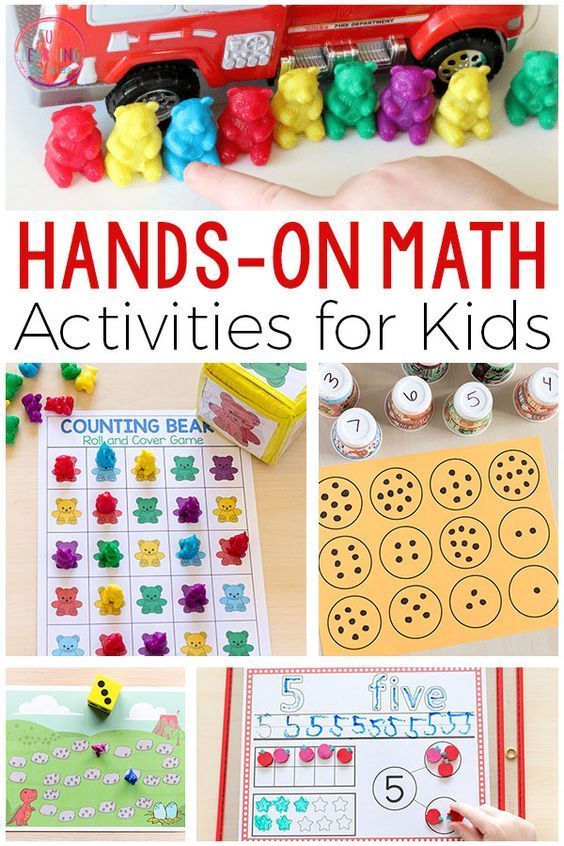 Mutual control between subgroups of completed tasks. Analysis, introspection, grading subgroups on a five-point system (a plan for researching a function appears on the board or on the screen).
Mutual control between subgroups of completed tasks. Analysis, introspection, grading subgroups on a five-point system (a plan for researching a function appears on the board or on the screen).
Stage 2: Answers to theoretical questions. Each member of the small group takes a card with a question and answers the definition. (Domain, range, periodicity, even, odd, function zeros, constant signs, decreasing, increasing, extrema, largest and smallest value of the function, etc.) Responses are scored.
Stage 3: Study of properties and graphing of functions: y = sin x, y = cos x, y = tg x, y = ctg x . Graphs are built on graph paper at the desktops of each “small group. The defense of the research project takes place in front of the entire audience. Each of the subgroups takes part in the defense of the research, the answers are evaluated. Other subgroups provide an analysis of the performances. Everyone's answers are valued.
Stage 4: Graphical solution of the simplest trigonometric equations of the form: sin x = 3x, cos x = 2x + 1, tg x = 1, ctg x = -1.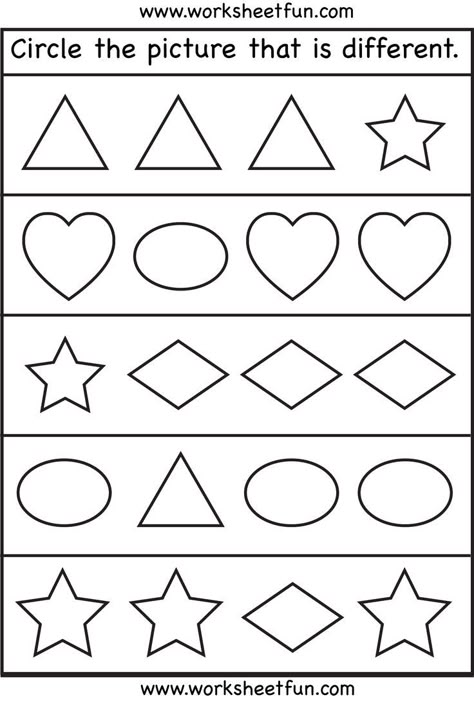
From each "small group", optionally, one person is selected who graphically solves the equation on a computer. The rest work in subgroups, solve equations graphically on graph paper at work tables. A leader is chosen to defend the completed task. The task completed on the computer is compared with the task completed on paper. There is a mutual assessment of the task performance between subgroups. Each small group conducts a self-assessment of their work. Ratings are given.
Stage 5: Lyrical pause. (Poems, songs, fairy tales, sketches of mathematical content from each subgroup.)
Stage 6: Summing up. Grading. Reflection.
The use of this technology enables the teacher to experience joy, as in such classes, students independently formulate and put forward the solutions found, show interest in the problem under consideration.
summary of the lesson on the mathematical development of preschoolers "Journey of Dunno and his friends to the country of Mathematics" | Outline of a lesson in mathematics (preparatory group) on the topic:
Synopsis of a lesson on mathematical development for children of a group preparatory to school
Topic: “Journey of Dunno and his friends to the country of Mathematics”
Type of lesson: reinforcing lesson.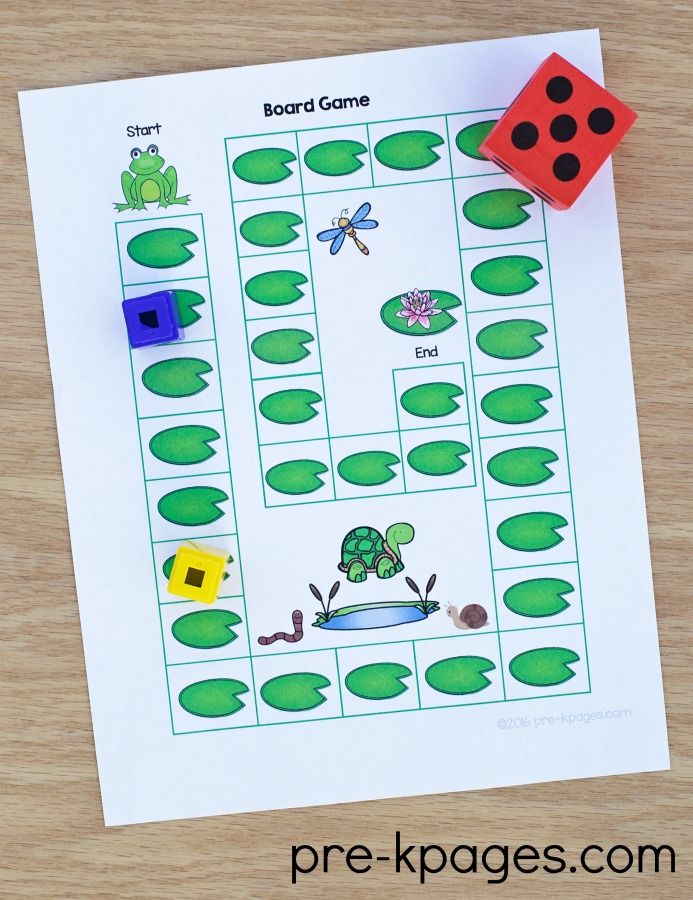
Objectives of the lesson: Creation of psychological and pedagogical conditions for the development and formation of mathematical knowledge of preschoolers.
Lesson objectives:
Educational: 1. Refine knowledge of reverse counting. 2. Consolidate knowledge of geometric shapes. 3. Exercise in compiling and solving simple arithmetic problems using symbols. 4. To consolidate the ability of children to navigate on a sheet of unlined paper. 5. Develop a sense of time, the ability to determine the end of the hourglass activity.
Developing: 1. Develop logical thinking, memory, attention, ability to work in small groups, develop cognitive interest. 2. Develop the ability to build evidence and assumptions, the formation of learning skills.
Educators: 1. Raise interest in mathematics, confidence in their abilities.
Equipment: medium-sized ball, easel, drawing paper with a painted meadow, flowers depicting various emotional states, pictures with portraits of short men, mathematical games: Tangram, Leaf, Columbus Egg, Vietnam Game, Pentomino ", sandbags, weighing 100 grams, chairs, rubber bands, scissors according to the number of children, squares 10x10 cm in size for each child, manuals for tasks - illustrations, simple pencils, sheets in a large cell, a colored magnet, a sheet of Whatman paper sized 50 x 30 cm.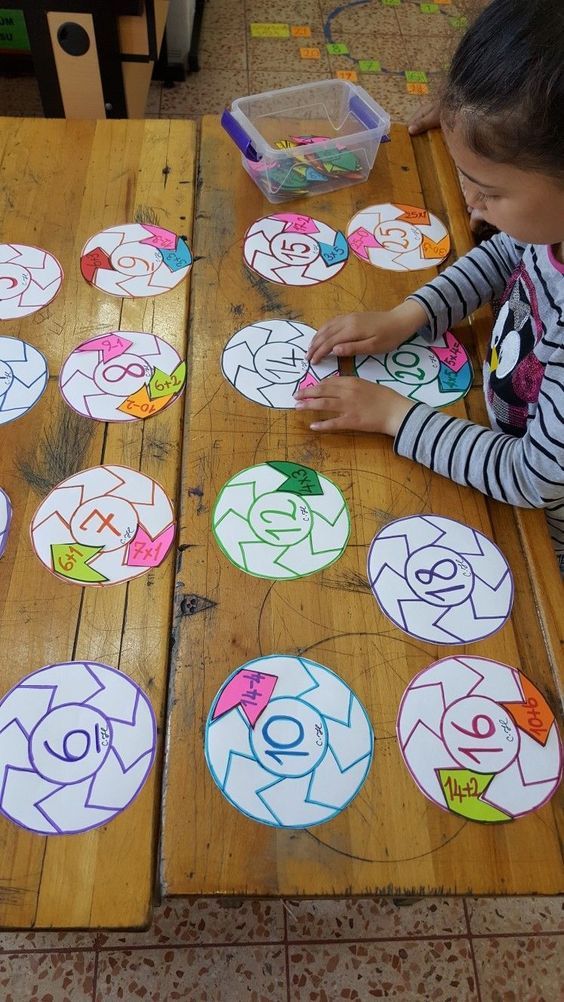
Preliminary work: reading the work of N. Nosov "The Adventures of Dunno and his friends."
Course of the lesson:
Initiation 2 min "Compliment" method
Purpose: to create a psychological mood for the upcoming activity, to feel like a member of the group.
Participants: subgroup of children (9 people).
Conduct: The teacher calls the children to him.
- Guys, what do people do when they meet? That's right, hello. - And what words do people say to each other at the same time (hello, hello, good morning ....). Today we will greet you in an unusual way. Throw a ball, say hello and name the good qualities of this person. I'll start first. “Hello Katyusha, I like that you ...” Children take turns throwing a ball to each other and thus a greeting occurs. - How many good, kind words you said to each other, look at your faces, they shine with joy and warmth, I hope that we will have this mood throughout the day.
Entry or immersion in the topic 3 min "Wonderful transformation", "Mood flowers".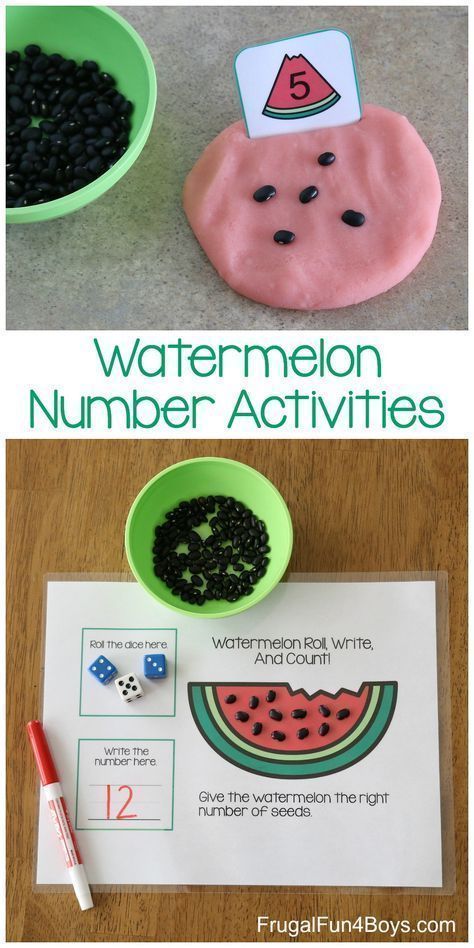
Purpose: to teach children to identify areas of mathematical knowledge (solve examples, problems, divide objects into parts, navigate in space, time), develop thinking, and cultivate interest in mathematics.
Participants: subgroup of children (9 people).
Material:
Conduct: - Guys, we recently read N. Nosov's book "The Adventures of Dunno and His Friends". Who will remember the names of Dunno's friends? (Znayka, Guslya, Cog, Shpuntik, Fly, Pilyulkin, Tsvetik, Button, Bukovka, Daisy, etc.). Why were they called that? What is the name of the city where the short men lived?
- Guys, there was a problem with Dunno and his friends, they lost all mathematical knowledge, let's help them? Who remembers how friends prepared for a balloon trip?
- Do you like to travel? What else can you travel on? - Let's go in a balloon for knowledge to the country of Mathematics.
But for this, each of you needs to turn into one of the residents of the Flower City, don't you agree? Children choose pictures with a portrait of one of the inhabitants of the Flower City.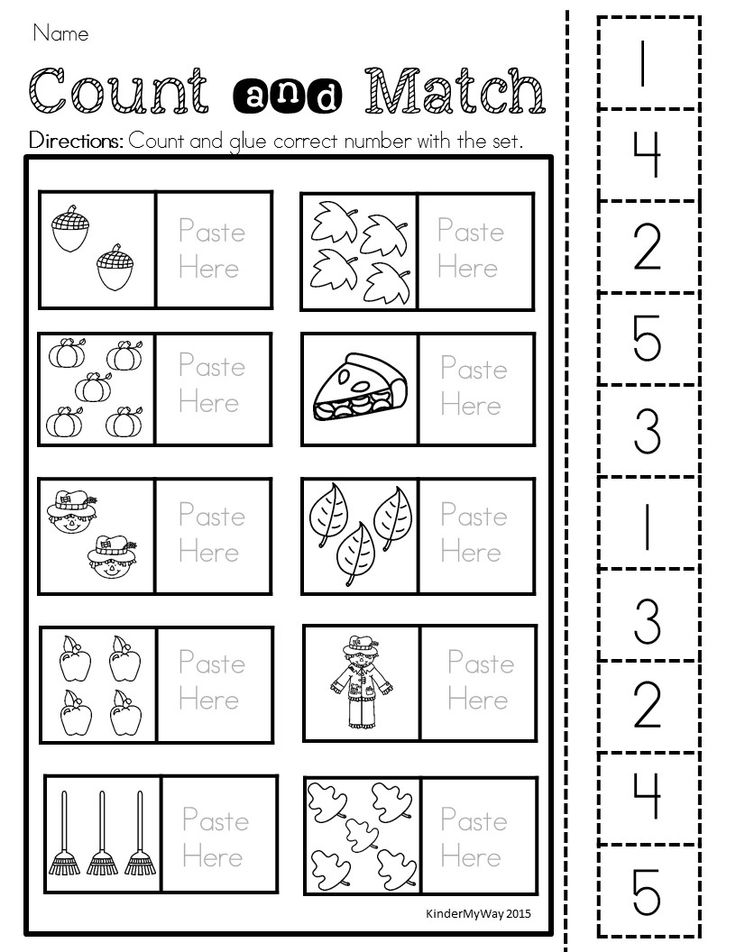 “Ene, bene, ricky taisha - turn into Dunno’s friends” (the guys turn).
“Ene, bene, ricky taisha - turn into Dunno’s friends” (the guys turn).
- Guys, look around, what do you see? - Yes, this is a green meadow, but there is not a single flower on it, and yet we are in the Flower City, there is a mess (on the easel there is a piece of drawing paper, on which a meadow with slots is depicted), there are flowers nearby (which depict emotions of joy, happiness). Let's plant flowers of joy and happiness in this meadow. Each of us will wish each other a good mood, happiness, joy, give his smile. The teacher is the first to plant his flower in the meadow and invites the children to follow his example. - Look, our meadow shone from the multicolor of flowers, reflecting our good mood, and we will definitely help the little ones to find mathematical knowledge.
Formation of pupils' expectations 2 min. "Flying in a hot air balloon"
Purpose: to ensure that children are motivated to achieve goals, to better understand each pupil.
Participants: subgroup of children (9 people).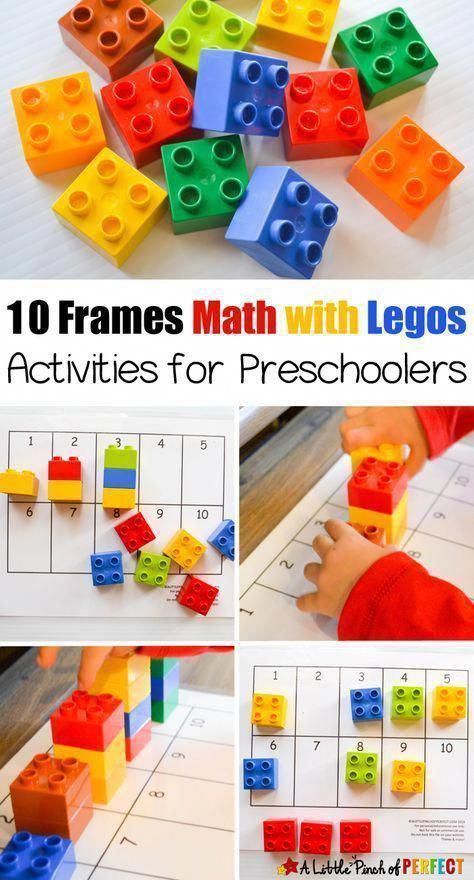
Materials: sandbags, chairs.
Conduct:
- And now we start preparing for the flight. Let's build a balloon. First, let's build a basket, what shape is the bottom of the basket? How to arrange chairs to make a circle inside? Does the circle look like the bottom of a basket? Let's inflate a big balloon - sit comfortably on the chairs and blow into the center of the circle. See our balloon is getting bigger and bigger and will soon fly up.
To complete the flight, you need to count from 10 to 0. So let's start - 10, 9, 8, 7, 6, 5, 4, 3, 2, 1, 0 - take off!
.... A huge balloon, inflated with steam,
It rose into the air for a reason.
Our shorty is not even a bird,
He is still good enough to fly.
And everything is available already, ehma!
Now for our mind! (N. Nosov Adventures of Dunno and his friends)
- Guys, look what you see in front, left, right, behind, below us, above us?
Dunno looked out of the basket and saw clouds below that covered the
earth.
- Fathers, - Dunno shouted, - the sky is below! We're flying upside down!
- Why upside down? - everyone was surprised.
- But look: the sky is under our feet, which means we are upside down.
- We are flying above the clouds, - Znayka explained. - We have risen above the clouds, so now the clouds are not above us, but below us. (N. Nosov Adventures of Dunno and his friends)
- Our balloon is losing altitude! What to do? (Children's answers are heard, the most rational way out is chosen - you need to drop sandbags). First you need to drop only half of the bags. How can we define this half? (children's answers are heard). You have suggested many ways, today we will drop bags only with the second numbers, we will count from left to right in a clockwise direction. (children count sandbags and throw them "overboard").
- Now we can continue flying. The path to the country of Mathematics is not easy, what do you think the inhabitants of this country do if this is the country of Mathematics? (Children's answers are heard, clarified, supplemented). That's right, here we are, in order to return mathematical knowledge to shorties, we will solve problems, consolidate knowledge of geometric shapes, the ability to navigate on a sheet of unlined paper. In the country of "Mathematics" amazing tasks await you, I wish you success.
That's right, here we are, in order to return mathematical knowledge to shorties, we will solve problems, consolidate knowledge of geometric shapes, the ability to navigate on a sheet of unlined paper. In the country of "Mathematics" amazing tasks await you, I wish you success.
Interactive lecture 4 min "Brainstorming" (first stage: "Creating a bank of ideas")
Purpose: to develop as many possible options as possible. Clarify children's knowledge of geometric shapes; development of a sense of time, the ability to determine the end of the hourglass activity.
Participants: work in small groups: 3 groups - 3 people each.
Material: mathematical games "Tangram", "Pentamino", "Columbus egg", "Mongolian game", "Leaflet", "Vietnamese game".
Conduct: So we landed, we will continue on foot. - Ready? Then go!
The first city on our way "City of geometric shapes". Let's remember what math games you already know? ("Tangram", "Pentamino", "Columbus Egg", "Mongolian Game", "Leaf", "Vietnamese Game"). Today the task is not easy, it is necessary to add up the silhouettes of animals. To complete the task, we need to unite in three teams of 3 people. How can I do that? (Children's answers are heard, summarized). Let's count on the first-second-third, and thus unite to complete the task. The first numbers will collect the silhouettes of domestic animals, the second numbers - wild animals, the third numbers - waterfowl. I have three houses - a barn (a house laid out from a square and a triangle), a forest (a Christmas tree laid out from triangles) and a lake (an oval). Who lives in a barn, in a forest, on a lake? Teams, select the desired house. Remind me the rules: 1) use all the details, 2) do not overlap one detail with another. Then proceed, the time to complete the task is 3 minutes (time is determined by the hourglass). Children are given envelopes with games.
Today the task is not easy, it is necessary to add up the silhouettes of animals. To complete the task, we need to unite in three teams of 3 people. How can I do that? (Children's answers are heard, summarized). Let's count on the first-second-third, and thus unite to complete the task. The first numbers will collect the silhouettes of domestic animals, the second numbers - wild animals, the third numbers - waterfowl. I have three houses - a barn (a house laid out from a square and a triangle), a forest (a Christmas tree laid out from triangles) and a lake (an oval). Who lives in a barn, in a forest, on a lake? Teams, select the desired house. Remind me the rules: 1) use all the details, 2) do not overlap one detail with another. Then proceed, the time to complete the task is 3 minutes (time is determined by the hourglass). Children are given envelopes with games.
During the assignment, the teacher conducts individual work, asks the children questions: - How many geometric shapes did you use? - What kind? What game details did you use?
Well, you have completed this task in the city of geometric figures.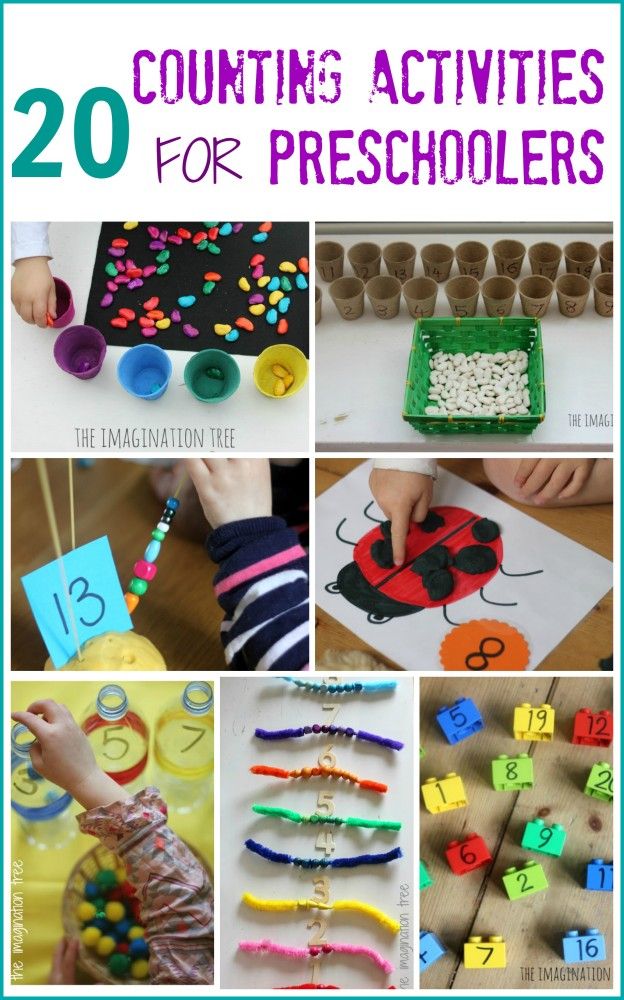
And now the second task. 5 min Method "Friendly family"
Purpose:
- consolidation of concepts about geometric shapes;
- formation of skills:
- finding essential and non-essential features of geometric shapes,
- generalizations to the group "Quads",
- making assumptions,
- listening to the opinions of peers.
Participants: a subgroup of children (9 people).
Material: card with geometric shapes, rubber band, scissors for a subgroup of children, 10x10cm squares for each child.
- Guys, what geometric shapes do you know? On the easel, the children are shown a card with geometric shapes drawn on it. Find common features in these figures:
- Name these figures in one word, but what else can be called? (if the guys call polygons, get the children to say - quadrangles). All these figures are quadrangles - that's what "Friendly Family" is like.
- Will the name of the pieces change if they are recolored? What if you increase the size? Let's check.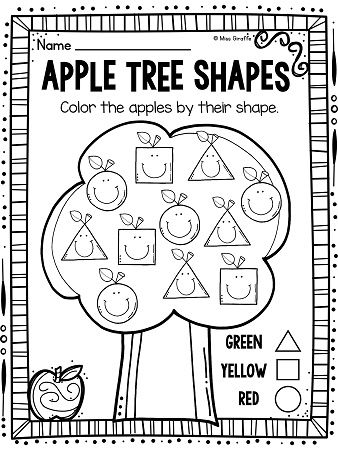 I'm calling 4 kids. With your right hand, grab the elastic, make a square, and now take a step back. Shape changed? (no) what is this figure? (square).
I'm calling 4 kids. With your right hand, grab the elastic, make a square, and now take a step back. Shape changed? (no) what is this figure? (square).
Conclusion: color and size are insignificant features for these figures. Will the name of a shape change if one corner is cut off? The children are given the opportunity to check in a practical way - by cutting off one corner of the square. What is the name of this figure?
- Yes. The result is a pentagon. So the essential features of these figures: each of them has four corners, four sides. Consolidation occurs with the help of individual questions.
Let's go further.
Next city "City of mathematical problems and signs".
Brainstorming 5 min.
Purpose: to develop the ability to solve logical problems, the ability to briefly and clearly express one's thoughts, to exercise in compiling and solving simple arithmetic problems using symbols.
Participants: subgroup of children (9 people).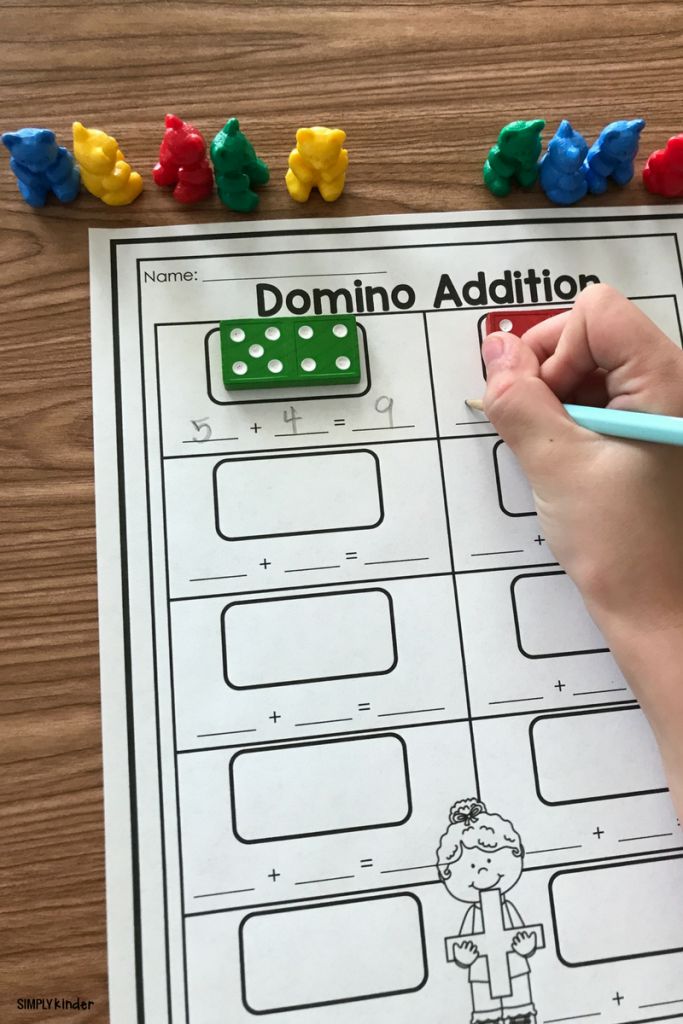
Material: flannelgraph, mathematical symbols, flannelgraph aids.
Conduct:
Task 1. Logical tasks.
Cheerful people live in this city, and even their tasks are unusual. I suggest you solve them.
1. One person, returning home, always took the elevator to the tenth floor, and then walked two more floors. This was repeated every day. Why did he do this? (this man was short and did not reach the button of the 12th floor in the elevator)
2. “3 kids were walking. One is in front of the two, one is between the two, and one is behind the two. How did the goats go? (one after another)
3. “One donkey carried 5 kg of sugar, and the other 5 kg of cotton wool. Who had the heavier load?"
4. The hares had the same number of carrots. One bunny gave another three carrots. How many more carrots did one hare have than the other? (for 3)
5. Dasha's grandmother has a granddaughter Masha, a cat Fluff and a dog Druzhok. How many grandchildren does a grandmother have? (1)
6.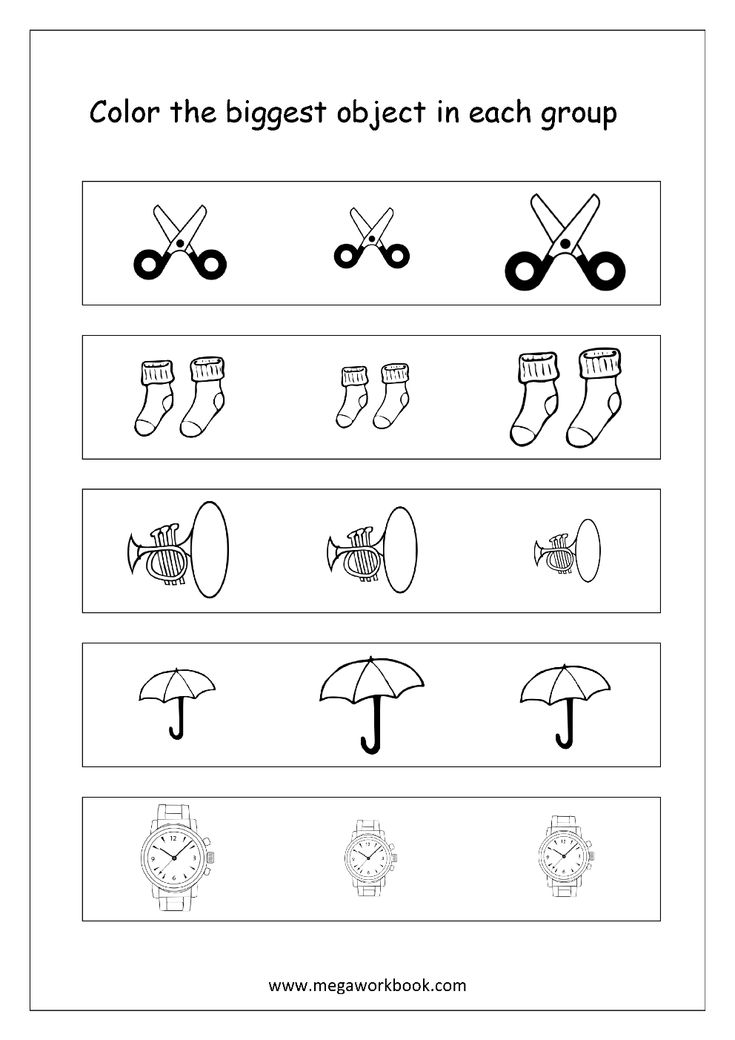 Birds were flying over the river: dove, pike, 2 tits, 2 swifts and 5 eels. How many birds? Answer soon! (5)
Birds were flying over the river: dove, pike, 2 tits, 2 swifts and 5 eels. How many birds? Answer soon! (5)
7. There are three apples in the basket. How to divide them among three children so that one apple remains in the basket? (give one apple along with the basket).
Task 2. Problem solving.
- Guys, what mathematical signs do you know? And what are they for? (one child is invited to put mathematical signs on the flannelgraph)
- Today we will solve and write down tasks, but for this we need to sit down at tables and work in pairs (children are invited to complete one of the types of tasks - tasks - illustrations, in tasks illustrations create a lot of room for the development of the plot, numerical data and actions may change)
A teacher with one child performs this task on a magnetic board (gives a sample of the task).
Look, I have four and one more bird on the board. I'll do an addition problem. “Four birds were sitting on a branch. Another one arrived. How many birds are sitting on a branch?
Another one arrived. How many birds are sitting on a branch?
And now Nikita will make a subtraction problem with the same birds. “Four birds were sitting on a branch, one bird flew away. How many birds are left on the branch?
Based on the analysis of the tasks, the children come to the conclusion that although both tasks deal with the same number of birds, they perform different actions.
In one problem, a bird arrives. - What should be done with numbers to find out how many birds are sitting on a branch? - That's right, put it down. - And in another problem, the bird flies away. - What should be done with the numbers to find out how many birds are left? That's right, subtract one from the other.
Conclusion: - The questions in the tasks are different, so the arithmetic operations are different, the answers are different.
- "What should be done to find out how many birds are sitting on a branch?" - "What needs to be done to solve this problem?" - "What needs to be done to answer the question of the problem?"
Studying the content of the topic - organizing independent work on the topic 5 min
Purpose: To consolidate the ability of children to formulate the arithmetic operations of addition and subtraction, the structure of the problem, the ability to work in pairs.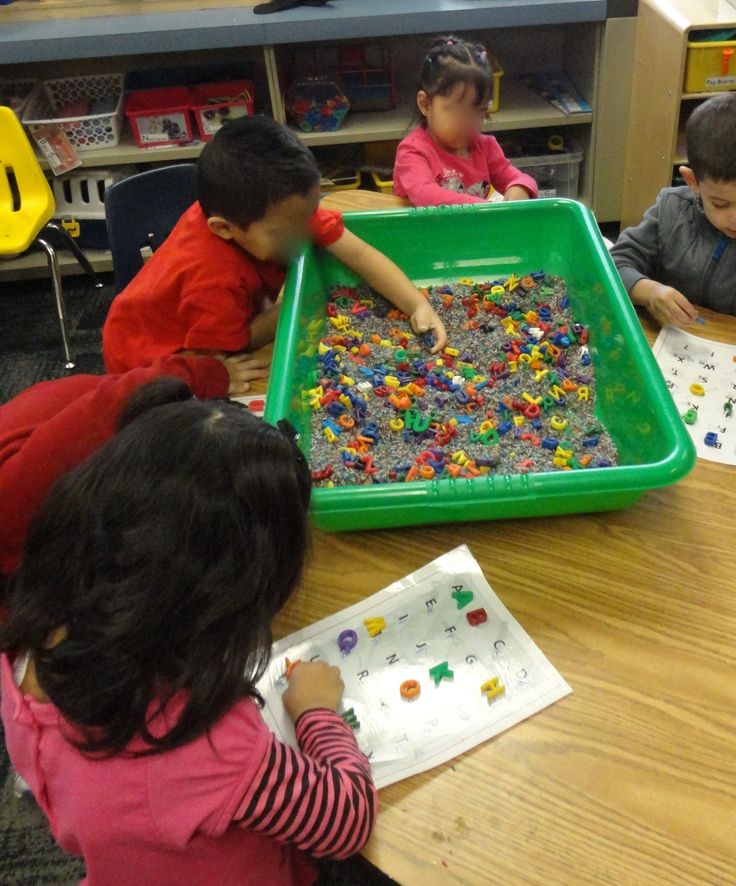
Participants: work in pairs of 2 people.
Material: manuals for tasks - illustrations, simple pencils, sheets in a large cell,
Conduct: - Guys, you need to compose and write down tasks for different mathematical operations (addition, subtraction) using the same materials.
Children perform tasks sitting at tables (one pair of children has toys; the second pair has a panel with cut holes; the third pair has a flannelgraph with manuals; the fourth pair has a typesetting canvas).
The teacher together with the child checks the completed task, determines the correctness or incorrectness of the completed task. The educator concretizes the questions, clarifies the condition of the problem, the question, how to find the answer.
The task structure is fixed. - Tell the problem. What is the condition of the problem (what is known in the problem)? - What question should be asked? - What action should be taken? - Do we know how much has become (left)? - How to find this number? - How to solve the problem?
Emotional discharge (warm-up) 2 min. "Catch the mistake"
"Catch the mistake"
Purpose: to create an emotional mood to continue the lesson, increase the energy level in the group, develop the attention of children.
Participants: subgroup of children (9 people).
Conduct: - Guys, you already know the game "The Fourth Extra", remind me the rules. Of the proposed four words, you need to choose (find) the extra one that does not fit the rest (correctly). - Listen carefully to the groups of words, they contain a mistake, whoever finds it first will raise their hand (for the correct answer, the children are pasted a card with a funny little man on the medal - a smiley face)
a) plus, minus, Friday, equal.
b) circle, square, rectangle, December.
c) morning, afternoon, winter, night.
d) seven, square, five, nine.
e) far, high, not equal, low.
e) hour, year, second, morning.
g) Saturday, Tuesday, Thursday, March.
Brainstorming Method (MMS) - The principle of an ideal end result (IFR) 3 min
Purpose: to consolidate the ability of children to navigate on a sheet of unlined paper; develop observation, attention.
Participants: subgroup of children (9 people).
Material: an airplane can be a colored magnet, a sheet of drawing paper measuring 50 x 30 cm.
Conduct: "Airplane" game. A rectangle measuring 50 x 30 cm is attached to the board. - Guys, at point M there is an airplane that can move in a given direction (up, down, left, right). You need to carefully mentally follow the movement of the "aircraft", which I will ask.
Question: - Where is the plane? is set after each new movement of it on a sheet of paper. After the first show by the teacher, the children are called to set the movement of the aircraft. Encourage children to give complete answers. The plane is in the lower right corner, etc.
Debriefing 3 min. "Summary"
Purpose: to find out the attitude of children to the last lesson, summing up the results of the lesson.
Participants: subgroup of children (9 people).
Conduct: - Our trip to the country of Mathematics is coming to an end.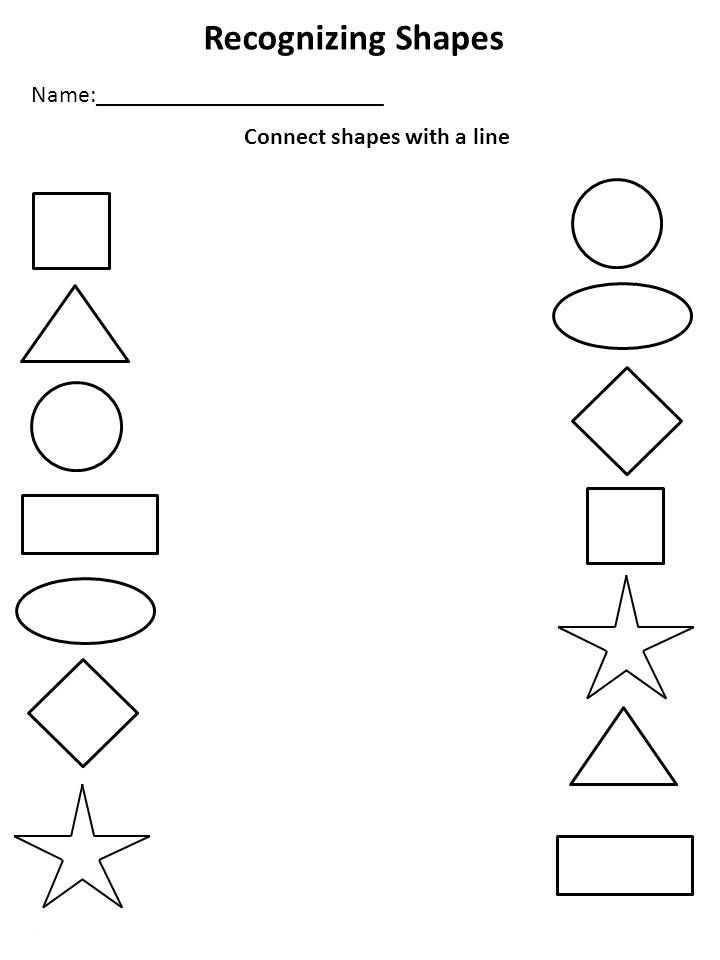 - Here we are again on a green meadow and we need to turn back into children of the kindergarten “Ene, bene, turn around - turn into children of the kindergarten” (there is a transformation - the children call themselves by name - I am Yulia, I am Nikita, etc.) It's time for us to return to kindergarten, come to the balloon. - Guys, look, the residents of the Flower City gave us their portraits as a keepsake - they only need to be painted (see Appendix No. 6).
- Here we are again on a green meadow and we need to turn back into children of the kindergarten “Ene, bene, turn around - turn into children of the kindergarten” (there is a transformation - the children call themselves by name - I am Yulia, I am Nikita, etc.) It's time for us to return to kindergarten, come to the balloon. - Guys, look, the residents of the Flower City gave us their portraits as a keepsake - they only need to be painted (see Appendix No. 6).
- To go back to kindergarten, you need to count from 10 to 0. So, let's start - 10, 9, 8, 7, 6, 5, 4, 3, 2, 1, 0 - take off!
– Guys, we did a good deed today, who can name what? (helped shorties find mathematical knowledge).
- Whoever thinks that he studied well can take a card with a cheerful little man. Why do you think you did well? - What was interesting about the lesson?
- What did you like the most? - What did you find difficult? What was the easiest task for you? “Do you think we helped the shorties find math knowledge?” What is it expressed in? Here we are in kindergarten.